Meet the Little Outlaws
AWW: How did you pick the animals and personalities of the Little Outlaws gang?
AS: We picked animals that were, or had been, native to Sherwood Forest. There was a slight challenge in that the typical Robin Hood legend only really features one female character in Marian, so we used some creative licence and Will Scarlet became Scarlett, our female hedgehog to help provide a little more balance.
All of the Little Outlaws are know by just a single name, and it was nice to mix and match first and second names to create characters that sounded like they belonged to the Robin Hood story.
In terms of personalities, we wanted both the animal and the name to help create something of a sense of who they were and how they behaved.
• John is a kingfisher because he has the word 'king' in his animal name (King John), and we liked how such birds can often be seen greedily fishing.
• Sheriff is a lizard as the animal can be thought of as a slippery customer, often lurking in the dark, damp undergrowth.
• Scarlett is a hedgehog mainly because we wanted another female character (explained above), and hedgehogs are often represented as female in children's stories.
• Tuck became an owl as we believed we could draw him to seem as wide as he was tall, and have a stereotypically 'wise-owl' disposition.
• Little seemed naturally suited to being a burly, strong badger - an animal with presence and strength.
• Marian is a rabbit as we were conscious of making sure we had some 'everyday' animals - and the fact rabbits are thought of as so cute was an added bonus!
• Robin had to be animal that was resourceful, athletic, but maybe one that could easily get out of his depth if his bravery got the better of him - a red squirrel seemed perfect.
• Major could only be an oak tree; we wanted a benevolent, paternal figure (almost grandfather-like), as mentor, guide, and teacher (with a very small 't'), and a character that possessed something that would hold everything else together.
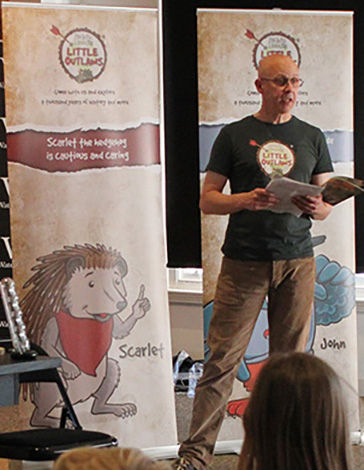
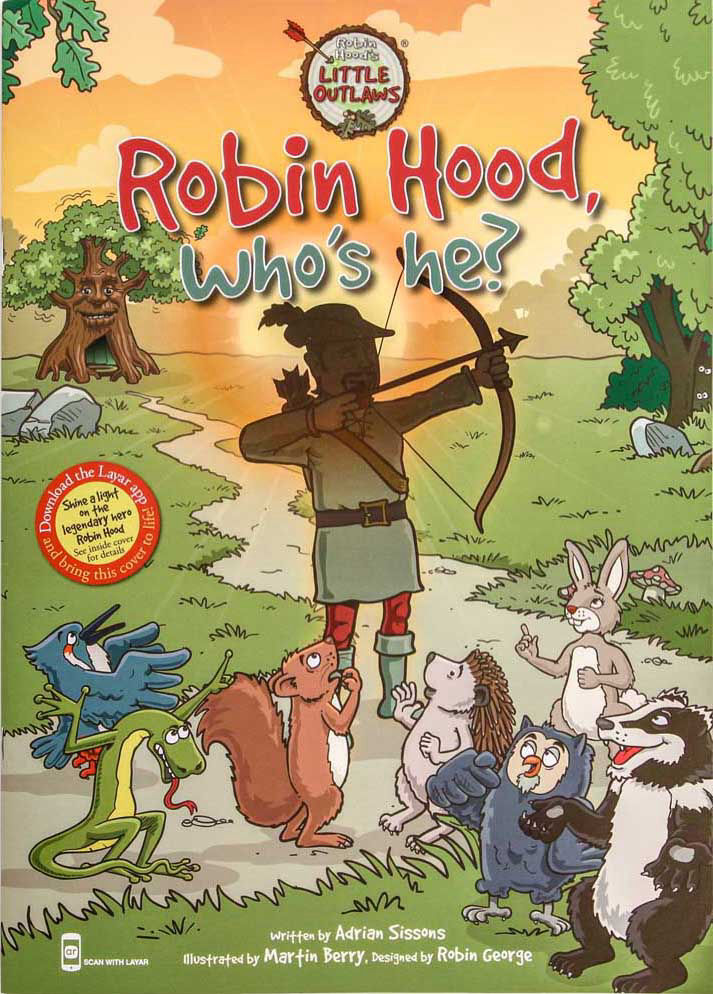
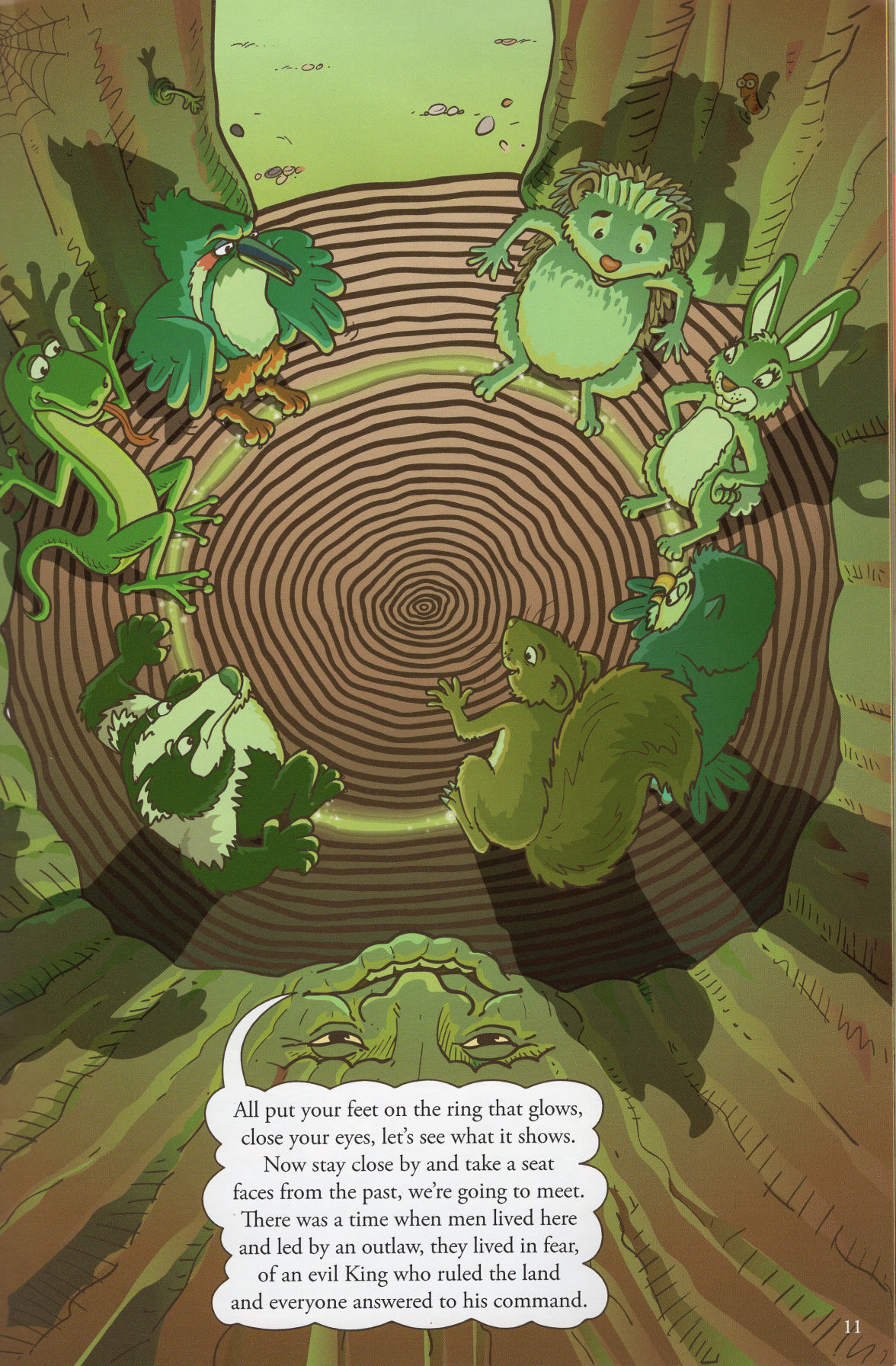
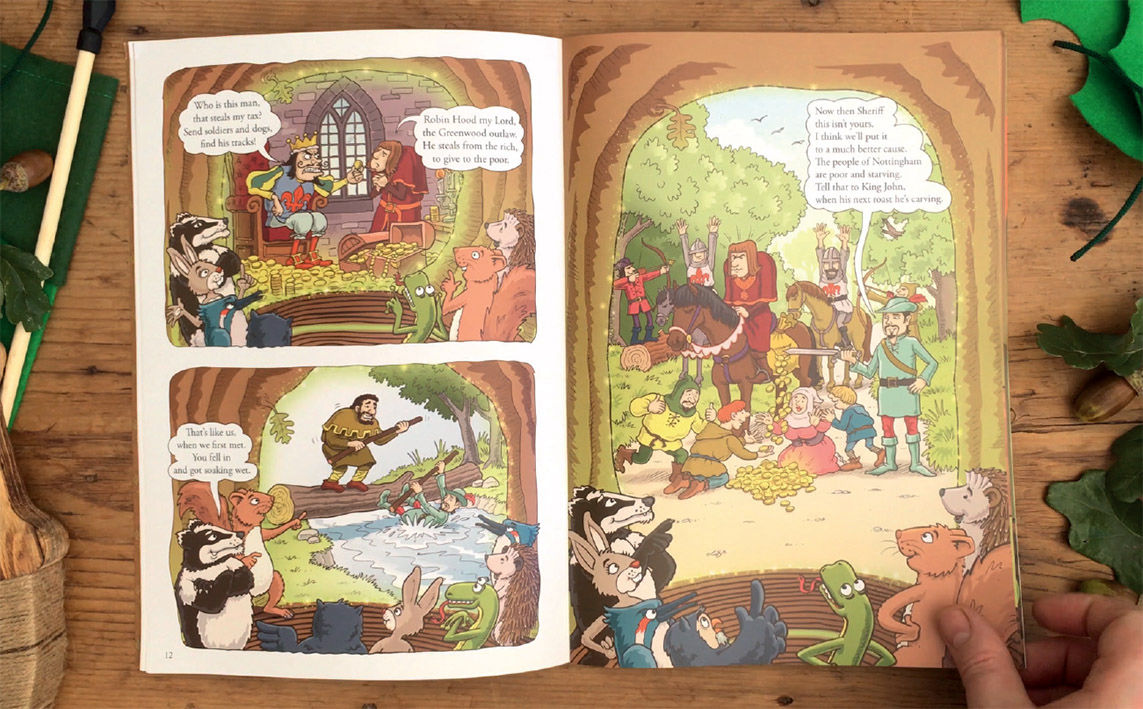
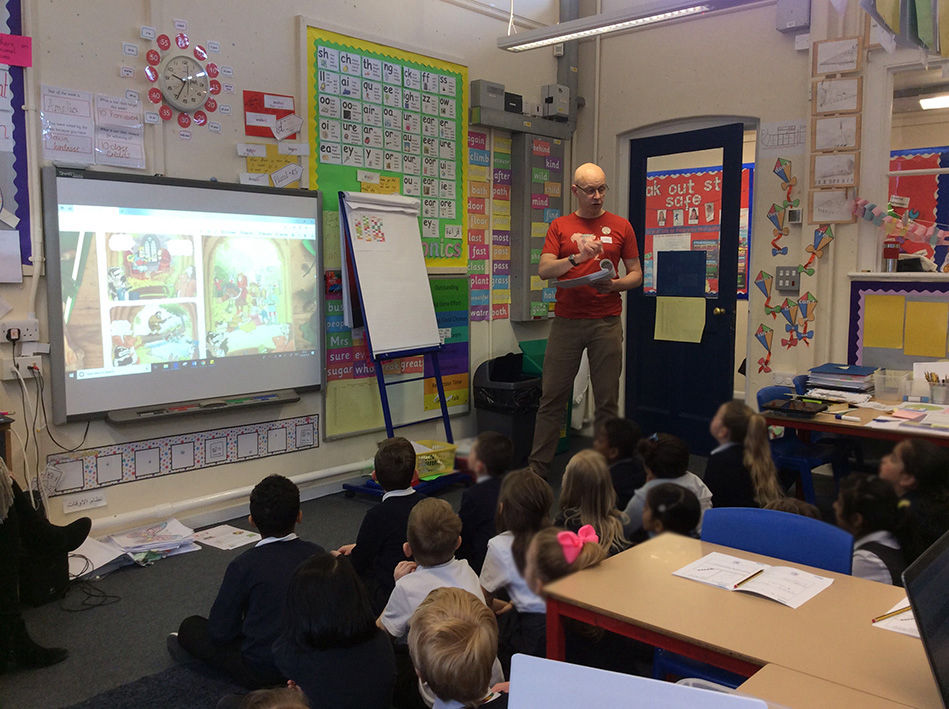
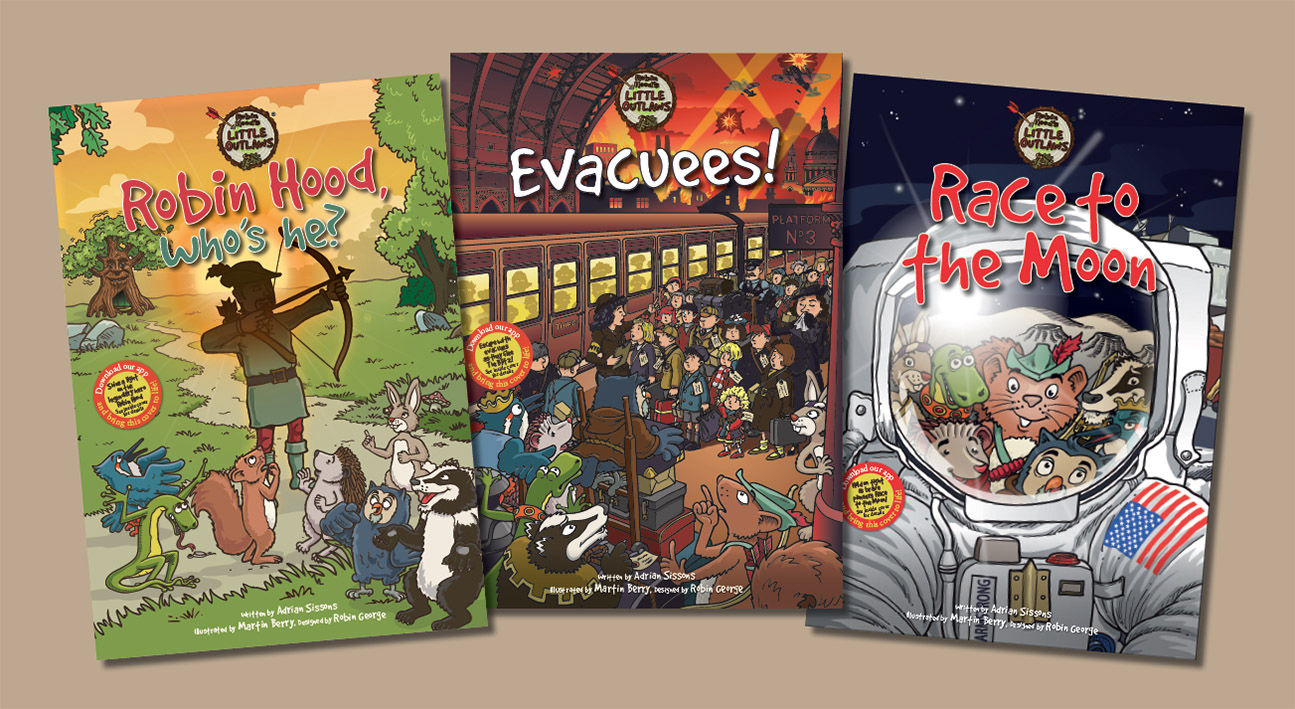
Contact Us